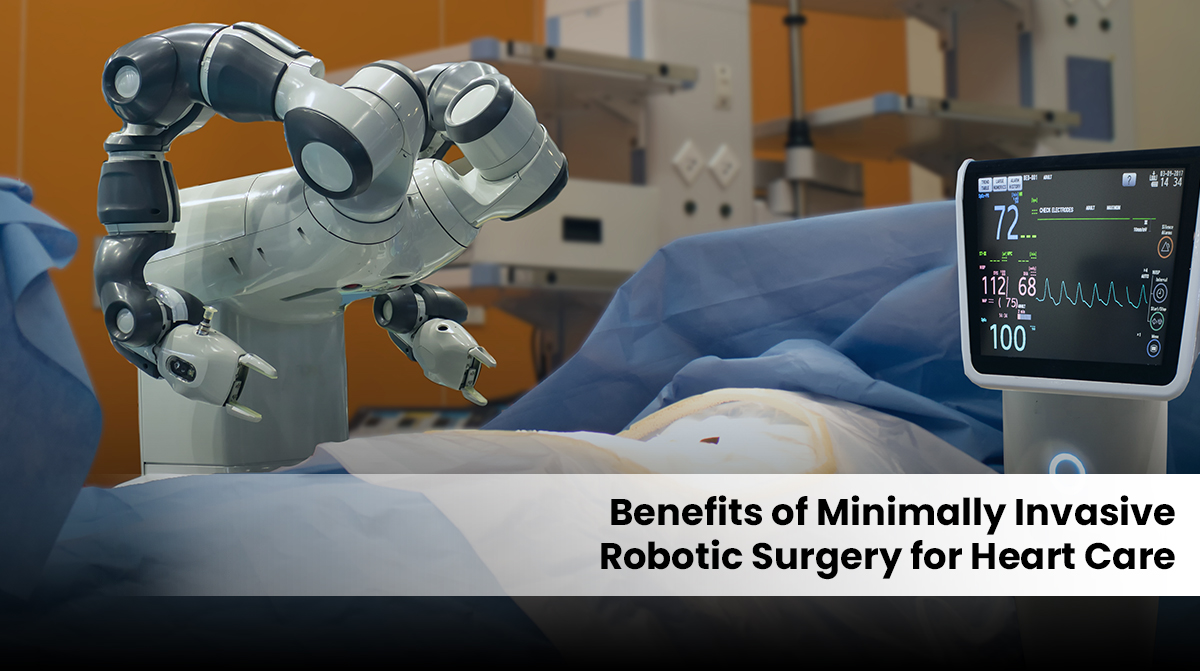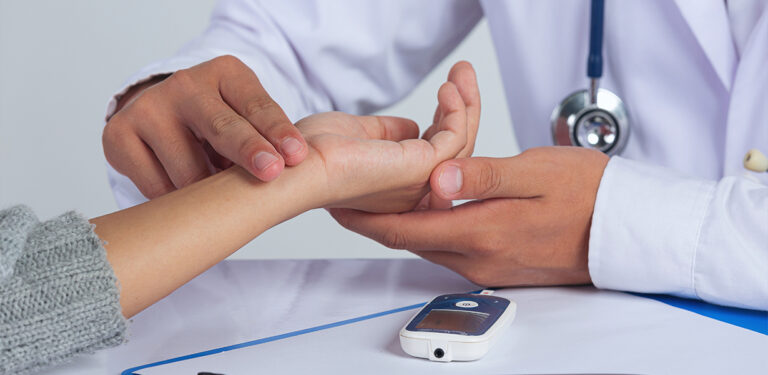
Cardiac illness remains one of the biggest medical problems in the modern world, affecting millions of people from all walks of life. Traditional open-chest operation, while very effective, entails prolonged hospital stays, large incisions, and many complications. However, medical technology has advanced a lot in surgical techniques, particularly with the advent of minimally invasive heart surgery and robot-assisted surgery. These advanced methods are revolutionising the treatment of heart disease with improved outcomes and quicker recovery for the patient.
Learning Minimally Invasive Cardiac Surgery
The minimally invasive cardiac surgery is a new method to repair heart conditions with enormous breast cut incisions circumvented. As compared to open-heart surgery, the minimally invasive procedures entail small incisions, in some instances just a few centimetres. The method allows surgeons to enter the heart through small portals with less damage to the adjacent muscles and tissues.
The concept of minimally invasive methods has been extremely popular over the past decades, with doctors having a number of advantages over conventional surgery. The patients of the treatment under such methods experience minimal pain, less scarring, and shorter hospitalisation than they would have experienced if treated under conventional methods.
The Role of Robotic Technology in Heart Surgery
The union of robotic technology and minimal access cardiac surgery has delivered an even more precise and effective therapy. Robotic minimally invasive surgery combines the benefit of the small incision with the added precision and dexterity that is achieved by way of robotic systems.
This medical innovation enables surgeons to achieve a solid and unobstructed grip when performing complex heart procedures. The robot enhances three-dimensional visualisation of the field, delivering doctors a closer view of the structures and arteries within the heart. This enhanced visualisation is particularly beneficial when conducting a procedure inside the constricted chest cavity of the heart.
Fewer Physical Injuries and Faster Recovery
One of the greatest benefits of minimally invasive robotic heart surgery is the overwhelming diminishment of physical trauma to the body of the patient. Traditional open-heart surgery required cutting through the breastbone, a process that takes several months to heal completely. Minimally invasive operations require making very tiny incisions that heal within days and with much less discomfort.
These patients have less pain after surgery, and less medication is needed to manage pain after recovery. The smaller incisions also minimise the chances of infection and wound-healing complications. Most patients are surprised at how fast they can go back to their normal life after such surgery in comparison to the traditional ones.
Shorter Hospital Stays and Faster Recovery
Recovery from minimally invasive robotic cardiac surgery is likewise considerably quicker compared to conventional methods. The overwhelming majority of patients can expect hospital stays of a few days only, as opposed to the week or more typically required by open-heart surgery. Beyond sparing the patient pain and time, reduced hospital stays further reduce healthcare expenses.
The quicker recovery means the patients are able to return to work and a regular routine quicker. Aside from most patients, they notice that they can resume light functions within weeks and full activity within a month or two, depending on the individual procedure and general health status.
Better Accuracy and Better Results
Accuracy achieved with robot-assisted minimally invasive cardiac surgery cannot be achieved by traditional surgical methods. A robotic system removes hand tremors, and a robotic system gives more dexterity and movement to surgeons. Enhanced accuracy results in better surgical outcomes and fewer chances of complications in and after the procedure.
Three-dimensional vision systems allow the surgeon to visualise the surgical field in minute detail, permitting them to perform meticulous procedures on heart valves, blood vessels, and other cardiac anatomy with high precision. This is particularly critical in performing surgery on small or delicate heart anatomy.
Availability of Advanced Heart Care
All of the modern health centres, including minimal invasive surgery in Gurgaon and other modern medical centres, have invested heavily in robot-assisted operating theatres and training doctors. This investment allows patients to benefit from the latest techniques and equipment used for the repair of every type of heart condition.
The accessibility of these newer procedures is such that ever-increasing numbers of individuals are now able to avail themselves of minimally invasive surgery, no matter what their individual cardiac condition is. From valve repairs to bypass surgeries, entire sets of heart surgeries are now being made possible through these new techniques.
Less Scarring and Better Cosmetics
The cosmetic benefits of minimally invasive robotic surgery cannot be overestimated. Open-heart surgery leaves a humongous, very visible scar down the centre of the chest that greatly distresses many patients. Minimally invasive surgery leaves very brief, basically invisible scars that become much less noticeable in a relatively short period of time.
This improved cosmetic result is particularly applicable in younger patients and those who are discomfited by the prominence of their surgical scars. The psychological benefits of less scarring can be considered as part of a patient’s general feeling of well-being and self-confidence during convalescence.
Long-term Health Benefits
The minimally invasive robotic cardiac surgery patients have better long-term outcomes compared to the earlier surgeries. There is less trauma to the surrounding tissues and muscles, and hence less interference with the body’s own natural repair mechanism. This can potentially lead to better overall cardiovascular function and better overall quality of life following surgery.
Robot-assisted procedures also ensure accuracy in interventions and repairs that are more likely to be longer-lasting and more effective, and even render future need for intervention void. It is particularly beneficial for patients with advanced heart disorders who otherwise would have to undergo a lot of surgeries during their lifetime.
Conclusion
With advancing technology, minimally invasive robotic heart surgery is the future of cardiac health. These new techniques are now becoming increasingly common and available to those in need of heart surgery. With less invasiveness, increased precision and improved outcomes, this is a better surgical approach for many patients with cardiovascular disease.
The ongoing progress in surgical science and robot technology promises better treatment to patients in the times to come. With more and more healthcare professionals trained in these procedures, patients worldwide will receive the best heart treatment with minimal interference in their lives, with shorter recovery trajectories.


